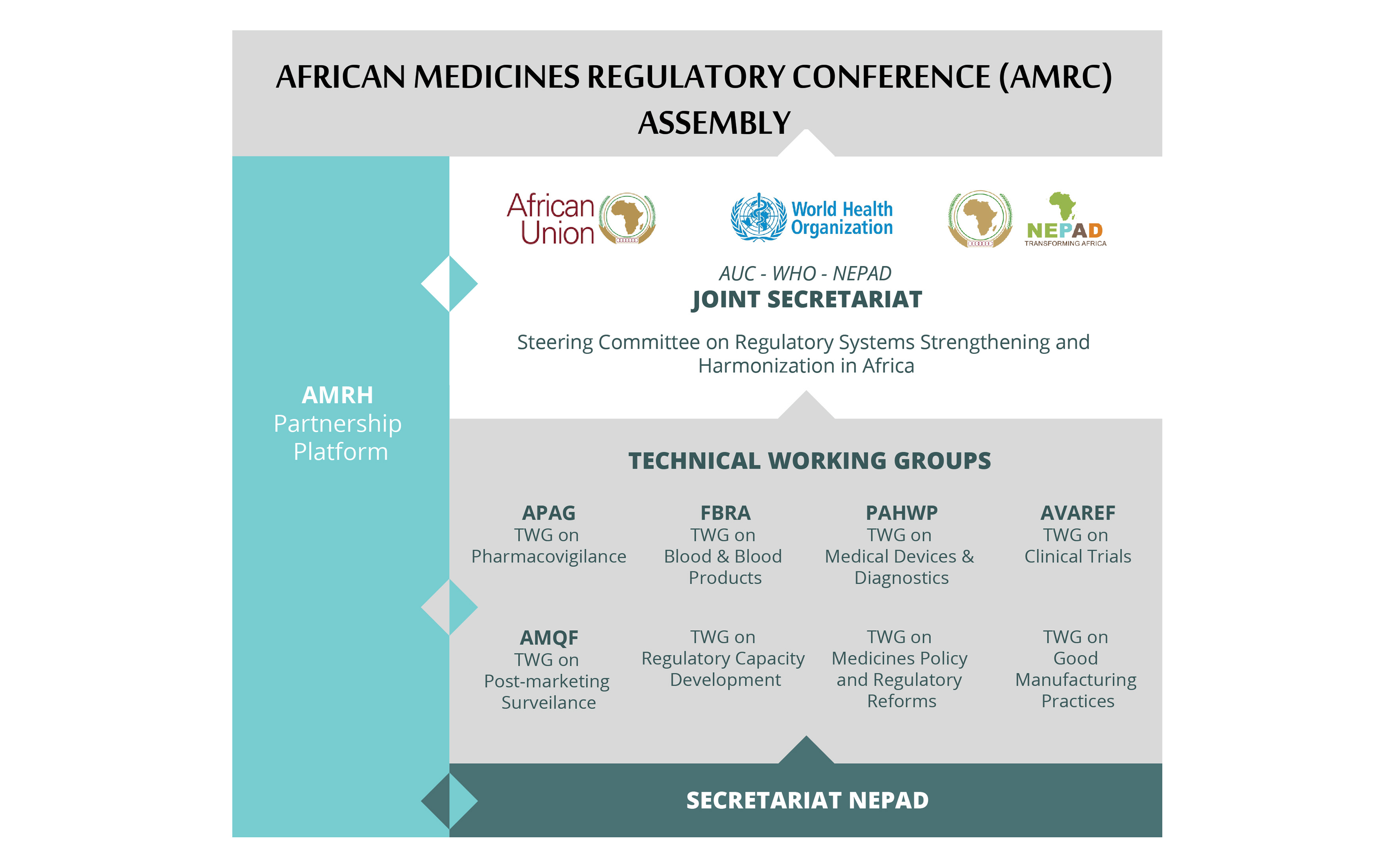The health department will not buy some medicine for cancer and rare diseases as they are not ‘essential’ but there are legal ways to get drugs unavailable here
“This is the only approach that will deliver the desired results in a well co-ordinated and smart manner, and ensure patients are better served with safe and efficacious medicine”
Ongoing work on medicines Regulatory Systems Strengthening (RSS) and Harmonization is not intelligible except through a systematic approach that places emphasis on alignment of different sub-streams and their interrelations. From quality control laboratories, medical devices, medicines registration, inspection of manufacturing facilities, clinical trials, product safety monitoring and surveillance on the market to regulation of blood and blood products — all these sub-streams of work must be understood, implemented and anchored on their relationships to a broader, overarching system of medicines regulatory systems strengthening.
The above streams of work altogether contribute to the strengthening of public health systems. Each sub-stream is equally beneficial and important in the quest for ensuring that African people have access to quality assured, safe and efficacious medical products and technologies. One of the biggest challenges in Africa is how to ensure that convergence and alignment between the different sub-streams takes place seamlessly. It’s a challenge that is partially exacerbated by different stakeholders, as each one focuses on their area of expertise in a manner that sometimes detaches itself from the broader goal of strengthening public health systems.
In 2017, the steering committee on medicines regulatory systems strengthening and harmonization in Africa endorsed a new and lean governance framework of the African Medicines Regulatory Harmonization (AMRH) initiative. One of the recommendations of the steering committee, and a critical step to achieving alignment, is to establish Technical Working Groups (TWGs) under the emblem of the AMRH initiative with the purpose of facilitating alignment and better co-ordination of regulatory systems strengthening and harmonization efforts in Africa. The decision was arrived at given the national, regional and continental reach of the AMRH on the continent as a pan-African driven initiative.

An initial eight TWGs have been established or have been proposed to be established in regulatory capacity development, pharmacovigilance, clinical trials oversight, medical devices, blood and blood products, medicines policy and regulatory reforms, market surveillance and Good Manufacturing Practice (GMP).
In May 2018, African ministers of health adopted a treaty to establish the African Medicines Agency (AMA) within the context of the AMRH initiative, and as part of implementing the Pharmaceutical Manufacturing Plan for Africa (PMPA) within the New Partnership for Africa’s Development (Nepad) framework. AMA will be established as a single medicines regulatory agency in Africa as an outgrowth of the existing AMRH structures, including the TWGs, with the aim of improving access to quality, safe and efficacious medical products.
Strengthening pharmacovigilance in Africa
One of the key TWGs and safety advisory committees proposed to be established under the AMRH is on pharmacovigilance. The pharmacovigilance situation in Africa, though improving, is still in its early stages and requires strong support to achieve effective results. Through expert and technical support of the TWG on pharmacovigilance in Africa, it will be possible to improve the safety of medicines through the entire product life cycle, from the development stage of a new medical product, subsequent assessment of data on its safety and efficacy to clinical trials and post-market safety surveillance. All partners and stakeholders must support this approach to ensure that we have a strong structure on medicines regulatory systems and strengthening on the continent, and in particular push the pharmacovigilance agenda to the next level of maturity. Consolidating and co-ordinating the various stakeholders will strengthen product safety and efficacy in Africa, and the AMRH partnership platform has been inaugurated and has already embarked on a mapping exercise to determine synergies in different regulatory functions on the continent.
In general and going forward, Africa and its partners and stakeholders have to embrace a broader and overarching system on medicines regulatory systems strengthening and harmonization efforts on the continent anchored under the existing and firm foundation of the AMRH initiative. In particular, pharmacovigilance initiatives have to be aligned with this approach to ensure effective co-ordination and guarantee tangible results regarding product safety and efficacy on the continent.
This is the only approach that will deliver the desired results in a well co-ordinated and smart manner, and ensure patients are better served with safe and efficacious medicines. Alignment of the TWGs towards the AMRH initiative is the backbone to a strong African public health system.